Menu
Flooding can cause significant damage to trees and shrubs, especially if water remains stagnant for long. While these plants are resilient, excess water can weaken their root systems and affect their growth, causing death and tree removal emergencies in Atlanta. As a homeowner, knowing how to care for your trees and shrubs after a flood is crucial to help them recover and thrive. At the Driscoll Tree Service, we leverage extensive knowledge and experience to prevent severe water damage and costly remediation services. Here’s a detailed guide on essential steps to protect your plants and restore their health after flooding.

The first step in helping flooded trees and shrubs is assessing the extent of the damage. If you notice signs of stress, such as yellowing leaves, stunted growth, or leaf drop, it might be time to call a tree care company for help. Trees may also show cracks in the bark or branches, hence the need to differentiate between surface damage and more severe root issues. Since shrubs are smaller and more compact, they may show more immediate signs of stress, allowing you to act quickly.
Waterlogged soil is crucial for trees and shrubs because it suffocates the roots, depriving them of essential oxygen. Once floodwaters recede, loosening compacted areas around the plant can improve soil drainage. It is advisable to avoid digging too close to the roots to improve aeration and encourage water movement. In areas where the water is slow to drain naturally, you may need to dig temporary channels or drainage trenches to divert water away from the plants. Hire a professional tree service provider to add organic matter and handle other tasks to improve soil structure and drainage.
Floods can leave behind debris, including mud, branches, and trash, which pile up around the base of trees and shrubs. It is essential to remove this debris to prevent fungal diseases and pest infestations from causing damage in your garden. Debris can also trap moisture around the trunk, causing decay with time and premature tree removal projects if left unattended. Clear any dirt and mulch around the trunk or base to prevent future rot and pests. If you prefer a more hands-off approach, hire professional arborists to handle the aftermath.
Floods often cause physical damage to trees and shrubs, such as broken or bent branches. After assessing your plants, trim away any damaged, diseased, or dead branches to promote healthy regrowth. Make clean cuts at a slight angle to prevent water from settling on the wound, which could lead to infection. For trees, pruning should be done carefully to avoid stressing the plant further. Consider hiring a professional tree care company for significant pruning jobs, especially if large branches are involved.
Flooding can cause devastating damages to trees and shrubs. However, proper care and patience go a long way to help them recover. Contact us at the Driscoll Tree Service and schedule a consultation with certified arborists to ensure your greenery continues to thrive, even in the face of future floods. Our tree service providers leverage extensive knowledge and experience to ensure your yard receives the attention needed to grow strong once again.

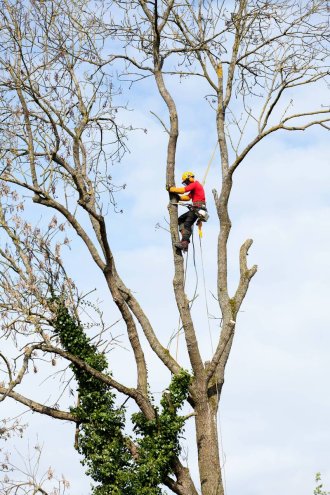
Fall Lawn and Landscape Care Tips As the vibrant colors of summer fade and fall begin to take over, it's essential to focus on lawn and landscape care. Fall is crucial for yard care as you prepare for the colder…
Read More
How to Properly Care and Watering Your Trees Proper watering is one of the best ways to ensure your trees remain in optimal condition throughout their lifespan. With climate change affecting vegetation across the globe because of drought, Driscoll Tree…
Read More
The Life Cycle of a Tree Trees grow over 30 feet tall, with canopies that expand over half their height. However, trees start as tiny seeds and require routine care to enhance growth. If you have a tree planting project…
Read More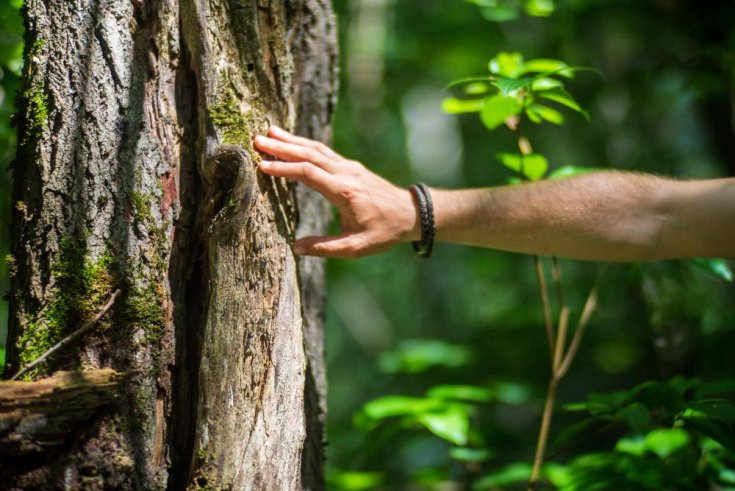
Tree Care Tips for Homeowners As a homeowner, maintaining a lush and healthy landscape enhances aesthetic appeal and plays a crucial role in providing shade, improving air quality, and enhancing the overall environment. You can achieve this by working with…
Read More
Trees are beautiful, strong, and bring life to your yard - but only when they’re well cared for. Regular tree trimming keeps your trees healthy, prevents branches from growing too close to your home, and reduces the risk of falling…
Read More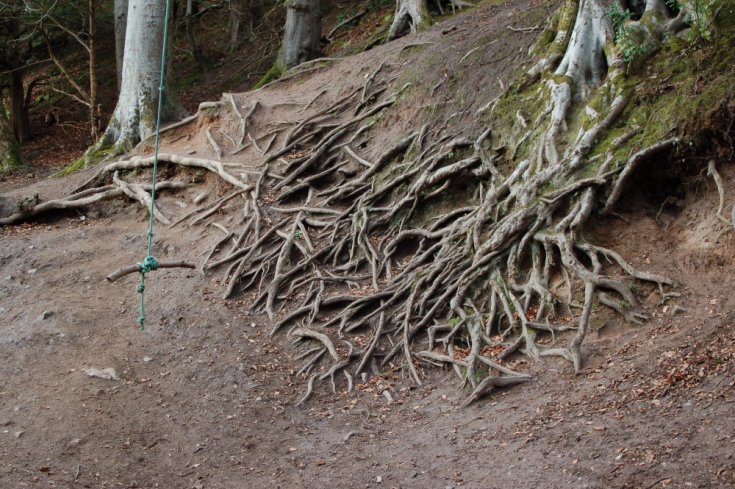
Are Exposed Tree Roots Bad? Exposed tree roots might look like an enchanting natural feature, but those gnarled “wooden serpents” at your feet are more than just a quirky accent of your tree. In fact, roots surfacing above the soil…
Read More
How to Find a Reliable Tree Service Company Trees are incredible ornaments that beautify the landscape and increase the value of properties. They can also provide fruits and much-needed shade as well as protection from high winds. Unhealthy and disheveled…
Read More
Why Topping is Harmful for Trees Tree topping is often regarded as a controversial practice in arboriculture. This haphazard tree trimming exercise often causes severe disfigurement, compromising the overall aesthetics of your landscape. While tree topping offers a quick solution…
Read More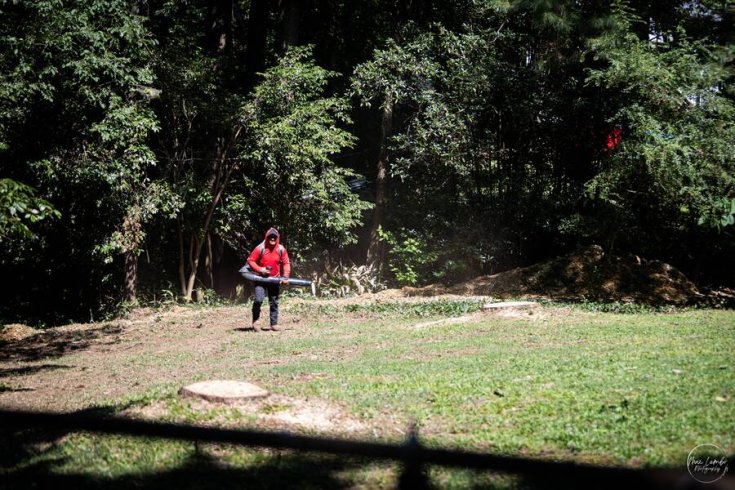
Trees are more than just pretty ornaments on your yard. They provide shade, improve air quality, and some even produce fruit. A healthy oak or maple can transform a simple lot into a welcoming landscape, and a well-placed magnolia can…
Read More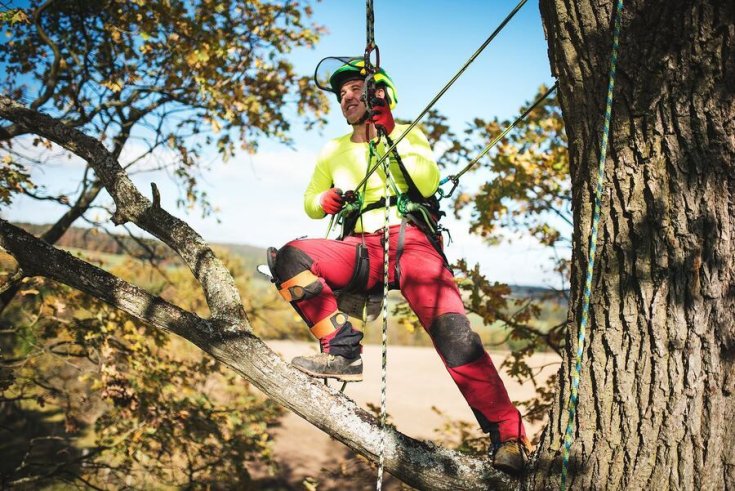
Tips and Techniques for Tree Removal Tree removal is a significant task that requires careful planning and execution to ensure safety and efficiency. Because of disease, hazard, or landscape redesign, proper techniques are crucial for a successful removal process. Driscoll…
Read More